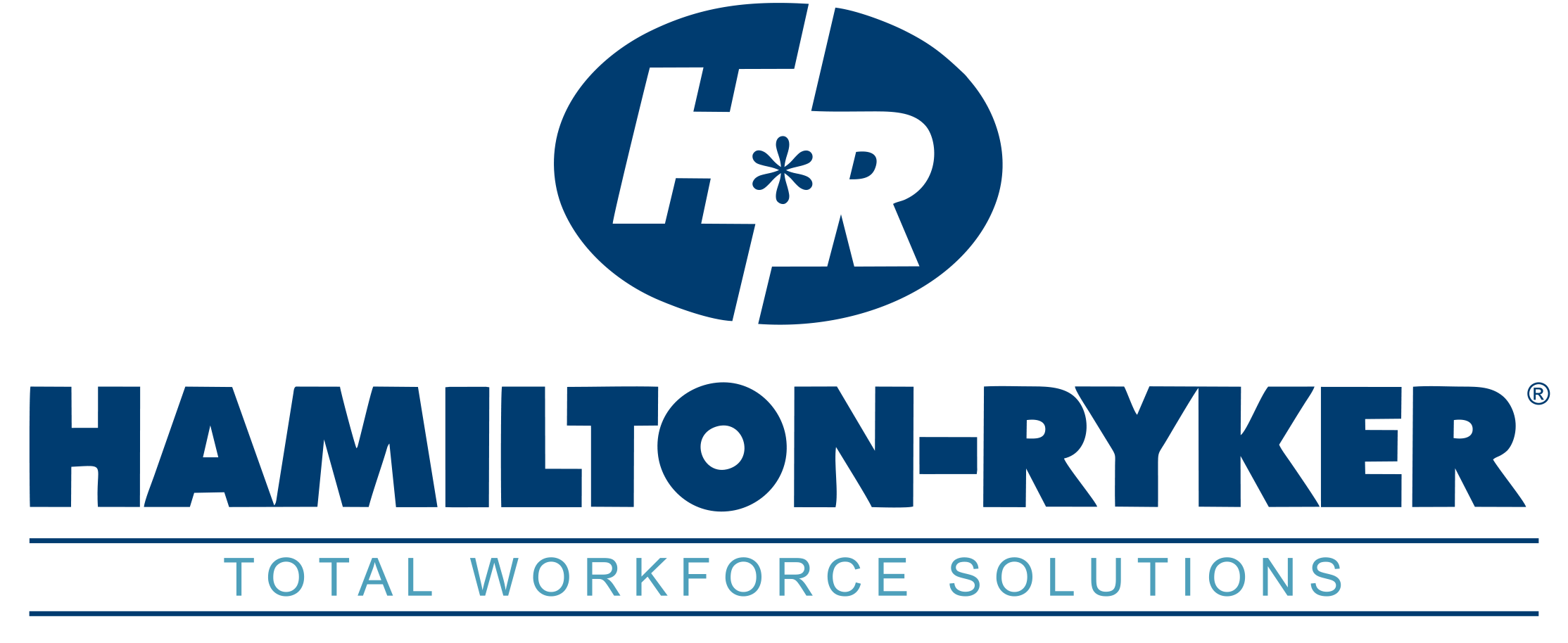You Need to Start Preparing for Business as Usual
As more states cancel or slowly phase out their shelter-in-place orders, businesses are reopening. Companies need to be ready for the transition, ensuring they can get back on track quickly and improve their bottom line.
While it may seem like returning to business as usual should be easy, it will likely be more challenging than most would expect. Without proper preparation, your company may struggle when trying to revert to its original workplace paradigm.
Luckily, there are steps you can take to ease the transition. If you want to be ready to relaunch once allowed, here are some tips to help you prepare for your return toward business as usual.
Gather PPE and Health Supplies
While stay-at-home orders may be loosening, that doesn’t mean the coronavirus is no longer a threat. Its presence will continue all across the country, making additional precautions necessary if you are going to ensure the health and well-being of your employees.
Before you welcome workers back into your workplace, gather critical PPE and health supplies. Masks, hand soap, paper towels, disinfectant, and similar items help slow the spread of the virus. By having them available to your employees, they can proactively protect themselves and their colleagues. As a result, they may stay healthier and more productive.
Plus, providing PPE and health supplies showcases your concern for our employees’ health. This can build positive morale during uncertain times, making your workforce more confident.
Create a Phased Approach
Even if you are allowed to completely reopen, using a phased approach is best. It gives you the ability to facilitate the return of your workforce, focus on priorities, and address any issues without being overwhelmed.
Initially, you’ll likely begin with essential staff who can’t work easily from home. Any employees who can telecommute should continue to do so, allowing you to reduce the overall population in your workplace and support ongoing social distancing requirements.
If that phase is successful, start allowing other employees to return to the workplace. Use a flexible schedule to stagger who comes in when, allowing you to use an approach that supports social distancing, should it be necessary.
Over time, you can increase the number of workers who all arrive together. Then, once permitted, your operations can return to normal.
Be Supportive and Empathetic
Transitioning back into the workplace is going to be an adjustment. Not only will some employees be fearful about returning, but they may also have personal responsibilities that are challenging to manage. For example, childcare arrangements may be challenging, or other family members may need help due to a lack of certain services. Many households will also be battling against financial uncertainty, even if your employees are now earning a full paycheck.
As you progress, strive to be supportive and empathetic. Ultimately, the road to “normal” will be long, and it won’t be smooth the entire way. Let your employees know that you are there to help, and do what you can to make their transition simpler. That way, you are setting them up for success, allowing business as usual to return as quickly as possible.
Does Business as Usual Mean a Bigger Workforce?
At Hamilton-Ryker, we pride ourselves in offering comprehensive workforce management and development solutions that meet the needs of today’s employers, including during these unprecedented times. If you would like to find out more about our unique services and how they can help you reach business as usual faster, contact us today.

